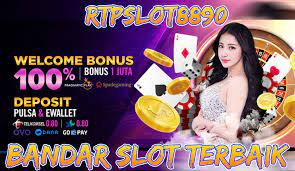The Joker card has a unique place in the world of playing cards, often embodying the spirit of versatility and unpredictability. Originally introduced in the United States during the Civil War, the Joker was initially jokercard balance as a trump card in the game of Euchre. Over time, its role evolved, and it has become an integral part of many card games and even cultural symbolism.
Origins and Evolution
The Joker card emerged in the mid-19th century, during a time when card games were gaining popularity in America. As various games evolved, players needed a card that could serve a dual purpose—either as a wild card or as a trump card. The Joker fit this role perfectly.
The design of the Joker has also undergone significant changes. Initially depicted as a jester or harlequin, the Joker’s appearance has shifted to include a variety of characters, often showcasing vibrant colors and whimsical designs. This transformation reflects its playful nature and adaptability within different games.
The Role of the Joker in Card Games
- Wild Card: In many games, the Joker acts as a wild card, allowing players to substitute it for any card they choose. This ability adds an element of surprise and strategy, as players can create unexpected combinations and enhance their chances of winning.
- Game Variations: Various card games incorporate the Joker differently. For example, in Rummy, it can be used as a substitute for any card in melds, while in Poker, its use is typically limited to specific variations like “Joker Poker,” where it can be used to complete a hand.
- Cultural Representation: Beyond its use in games, the Joker card has transcended its original purpose. It has become a symbol of chaos and unpredictability in popular culture. The Joker, as portrayed in comic books and films (notably by characters like the iconic Batman villain), embodies the idea of the trickster, highlighting the themes of chaos and disorder.
The Joker in Popular Culture
The Joker card’s influence extends far beyond the realm of games. In literature, art, and film, the Joker often symbolizes rebellion, unpredictability, and the duality of human nature. The character of the Joker from the Batman franchise exemplifies this, portraying a complex figure that embodies chaos, anarchy, and dark humor.
The Joker card has also made its way into various forms of media, from music to fashion. Its vibrant imagery and connotations of playfulness and mischief resonate with audiences, making it a popular motif in art and design.
Conclusion
The Joker card remains a fascinating element of the playing card deck, embodying the principles of versatility, creativity, and unpredictability. Whether used in a game of chance or as a symbol in popular culture, the Joker continues to captivate and inspire. Its evolution from a simple trump card to a cultural icon demonstrates the enduring appeal of playfulness and the unexpected in both games and life.
